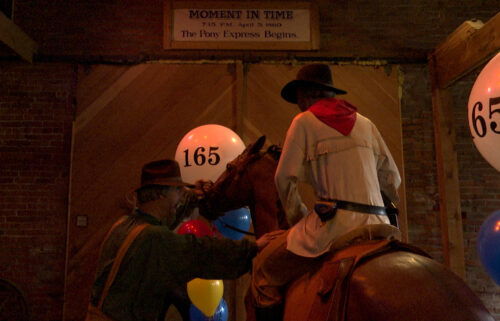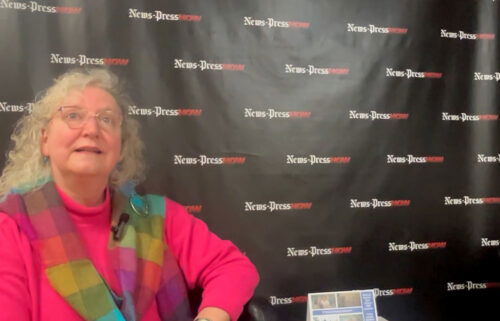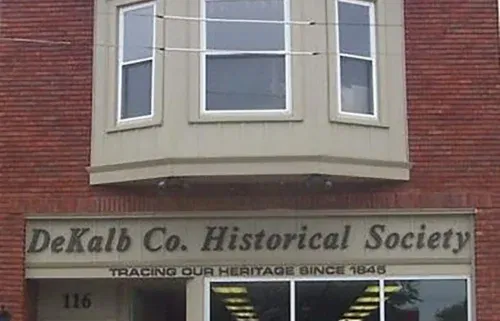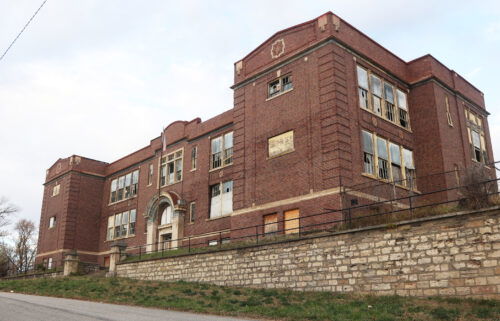History buff details search for missing Native American pieces
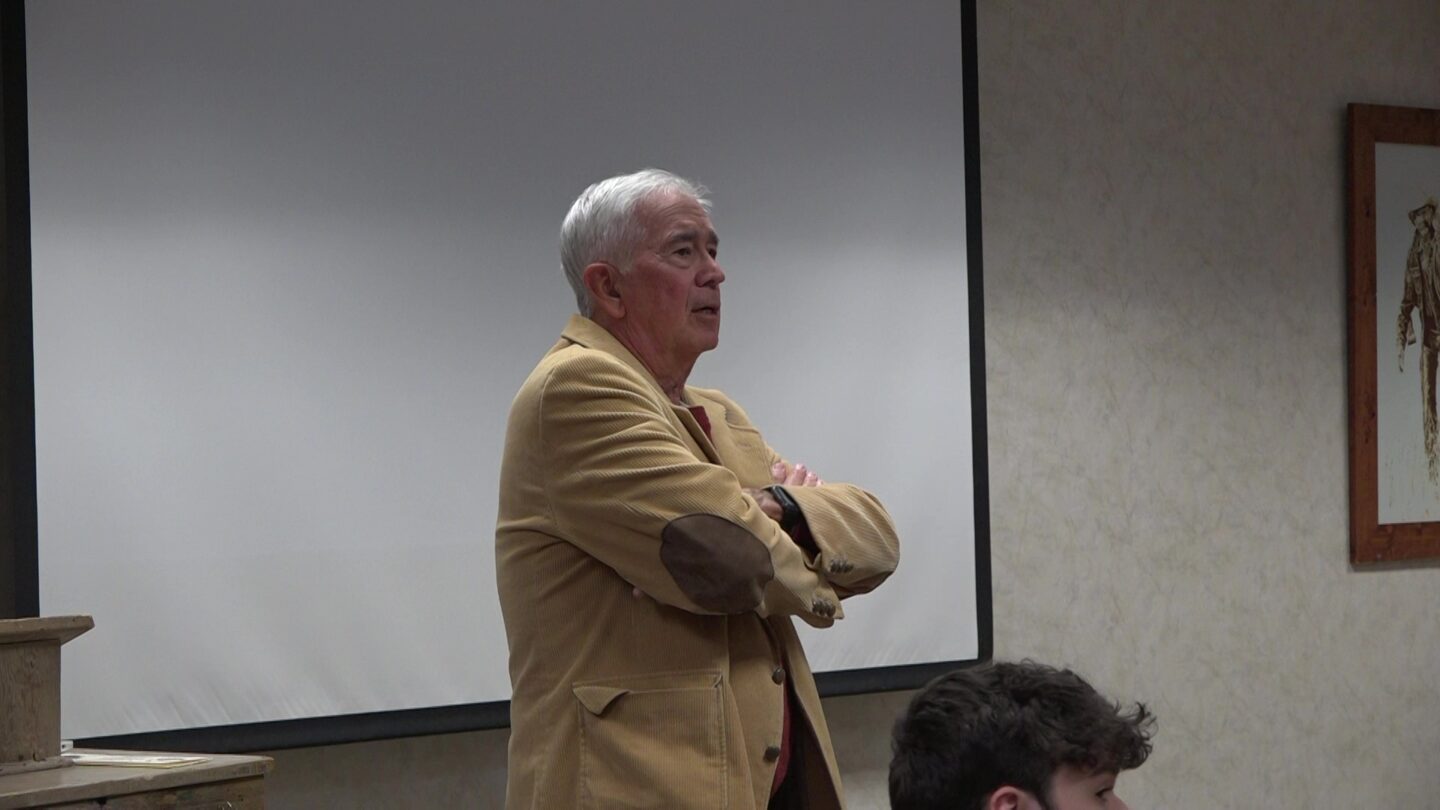
By Kyle Schmidt
Seven years of research have a history enthusiast on a treasure hunt to locate pieces of a local man’s collection of Native American artifacts.
Robert Corder of St. Joseph said he became fascinated by the Harry George Collection and what happened to all its pieces after the local man died.
“He is my unsung hero,” Corder said of George. “Harry George collected all this stuff because he wanted to save the memory of the Indian culture. He was trying to save his objects so we would see them today.”
There are about 4,000 objects in George’s collection, with the first being a basket acquired in 1905. George expanded his collection from baskets to pipes, blankets, teepees and more.
Once George died, his family loaned the collection to the State Museum in 1925. The objects did not return to St. Joseph until 1946.
The main goal for Corder was to track down as many of those artifacts as possible.
“My original research intent was to identify the artifacts and find out where they are located,” Corder said. “Then I tried to pair the provenance with the artifacts wherever possible and I actually put together about 800 artifacts in this fashion.”
Corder did find some oddities in his research along with identifying some missing artifacts.
“The missing artifacts initially bothered me a lot,” Corder said. “I would be told ‘You know that happens,’ and then they would show up.”
But some items remained missing.
It was when Corder discovered one artifact had two different accession numbers that he started digging deeper and began a hunt for all the pieces of the collection.
“What we found out eventually, what I was told, the St. Joe Museum loaned to the Nelson-Atkins about a dozen artifacts for an exhibit in the 1960s,” Corder said. “They returned everything but these two artifacts.”
Corder said that was a turning point in his research.
“Finding those pictographs at the Nelson-Atkins, that was a watershed moment,” he said. “We weren’t thinking they would be anywhere else but St. Joe.”
Corder shifted his objective to finding the most important artifact, the first basket collected, made by Dat So La Lee in 1895.
Not being able to find a picture of the basket this effort challenging. But with some help, he ended up pinpointing the basket to a dentist in Albuquerque, New Mexico.
“So I had to convince this dentist, would he donate to us? No,” Corder said. “So finally I got my family together and we bought the basket from him.”
With that piece found, Corder said there are still others to track down.
“We got three objects now (that were) not in the museum that were supposed to be there,” Corder said. “We got to look for these other objects wherever. So now it’s a treasure hunt.”
